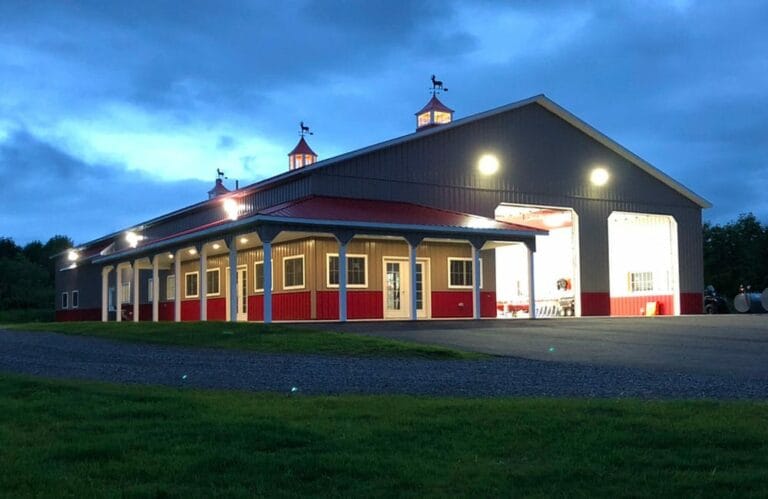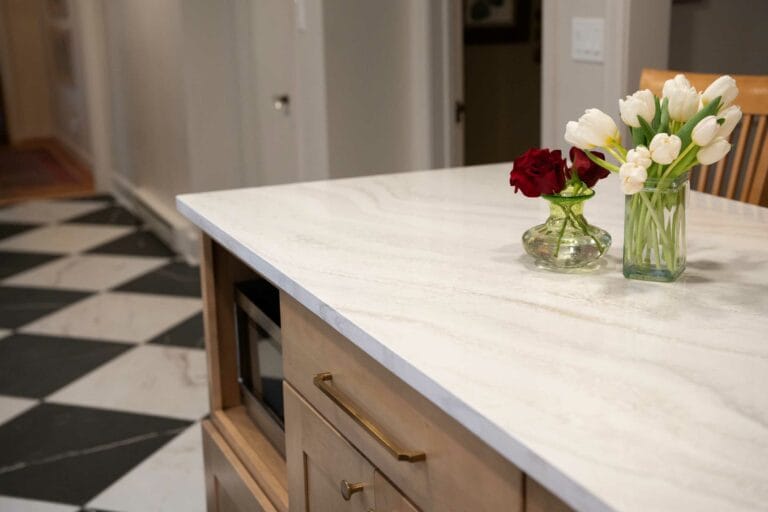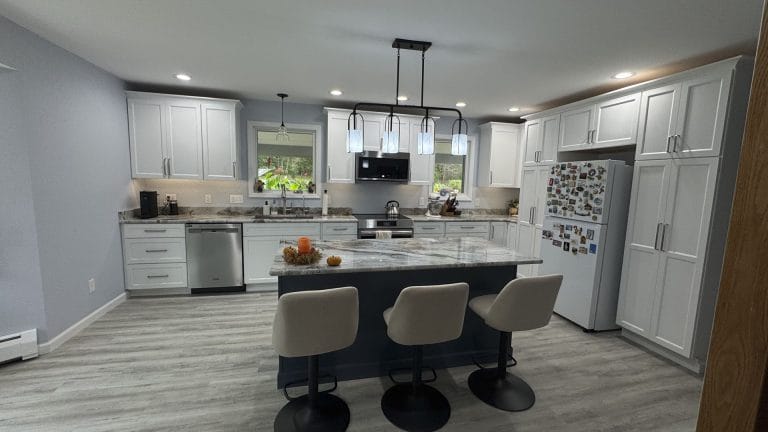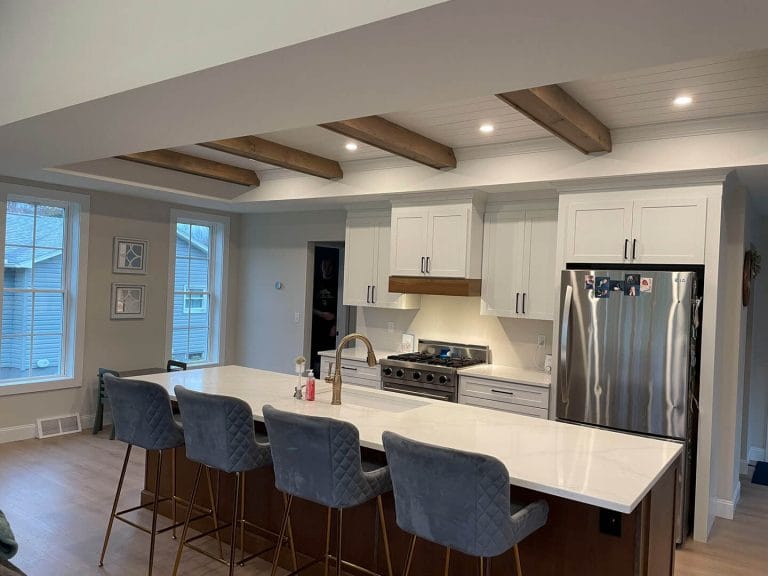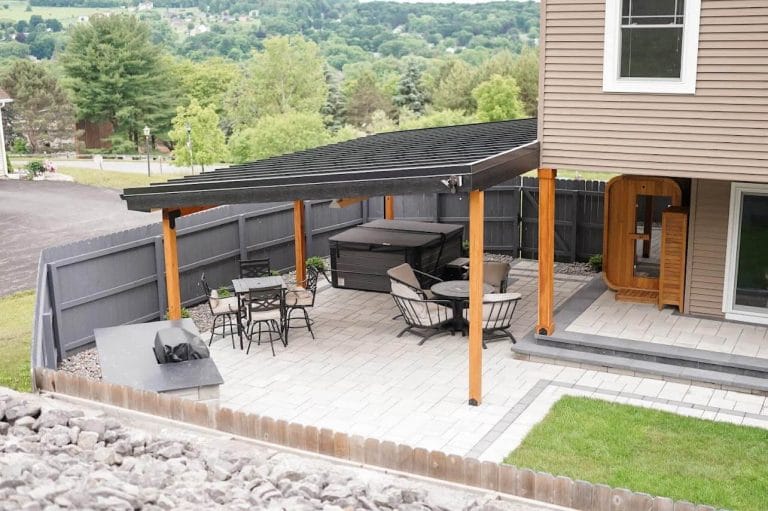Are you an eco-conscious homeowner or a follower of the sustainable living philosophy, eager to turn your home into a green sanctuary? Renovating your home with the environment in mind is a profound way to reduce your carbon footprint and align your living space with your values. But where do you start if you’re new to renovations or eco-friendly living? This blog post lays out practical tips to merge sustainability with style and cost-efficiency.
Understanding Eco-Friendly Materials and Practices
Choosing the right materials is at the heart of eco-friendly renovation. Sustainable materials are either obtained from green sources or made from recycled products and are known for their low impact on the environment.
Sustainable Materials for Your Renovation
- Bamboo: A darling of the eco-friendly world, bamboo flooring is durable, beautiful, and grows back incredibly quickly after harvesting, making it a renewable wonder.
- Reclaimed Wood: Add character to your home and help reduce deforestation by opting for reclaimed wood for anything from flooring to accent walls.
- Recycled Glass & Metal: Recycled glass tiles bring a unique aesthetic to any kitchen or bathroom, while recycled metal fixtures can add a sleek but sustainable touch.
Paints and Finishes
Your choice of paint can also have an environmental impact. Volatile Organic Compounds (VOCs) in paint contribute to air pollution and health problems. Opt for zero-VOC or low-VOC paints, which are now readily available and just as effective as conventional options.
Insulation and Energy Efficiency
- Natural Insulation: Sheep’s wool and cotton batting make excellent natural insulators, or you could choose blown-in cellulose insulation, which is mostly composed of recycled newspapers.
- Windows: Double-glazing windows trap a layer of air between two panes of glass, reducing heat loss and noise, while shutters can provide added insulation.
Harness Nature’s Energy
- Solar Panels: They can be a significant upfront investment but pay off in the long run by dramatically lowering your electricity costs.
- Rainwater Harvesting: Installing a rainwater harvesting system can reduce your water bill and is great for watering plants or flushing toilets.
Low-Waste Practices
- Salvaging Materials: Before you start demolishing, consider what materials can be salvaged and reused—old bricks, tiles, even hardware.
- Sustainable Disposal: Whatever can’t be used, try to donate or recycle. This keeps waste out of landfills and supports the recycling industry.
Highlighting Cost Savings
Making your home more energy-efficient can significantly slash utility bills, especially over an extended period. For example, LED lighting consumes up to 90% less power than incandescent bulbs and lasts longer. Water-efficient fixtures reduce water use and save money on water bills, while high-efficiency appliances, though more expensive upfront, consume less electricity or gas, resulting in lower operating costs.
Green Landscaping
The exterior of your house offers more opportunities for sustainable practices. Consider a drought-resistant garden that requires less water and maintenance, or plant trees strategically to provide shade and reduce cooling needs.

